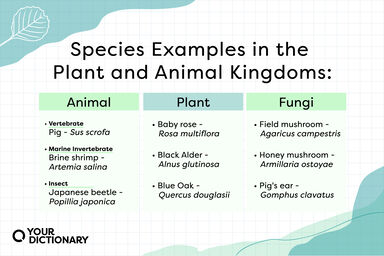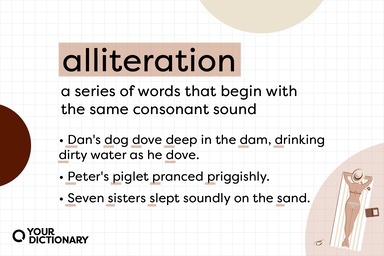Among the rodents the hamster and the field-mouse are a scourge to agriculture.
Although the British representatives of this group should undoubtedly retain their vernacular designations of water-rat and short-tailed field-mouse, the term "vole" is one of great convenience in zoology as a general one for all the members of the group. Systematically voles are classed in the mammalian order Rodentia, in which they constitute the typical section of the subfamily Microtinae in the Muridae, or mouse-group. As a group, voles are characterized by being more heavily built than rats and mice, and by their less brisk movements.
The first of these is the common shoa 1 tailed field-mouse, or "field-vole," Microtus agrestis, which belongs to the typical section of the type genus, and M S is about the size of a 343 mouse, with a short stumpy body, and a Upper and Lower Molars of the Water-Rat tail about one-third the (or Water-Vole), Microtus amphibius.
The red-backed field-mouse or "bank-vole" may be distinguished externally from the first species by its more or less rusty or rufouscoloured back, its larger ears and its comparatively longer tail, which attains to about half the length of the head and body.
Smintheus, one of Apollo's titles in Homer, is connected with the field-mouse (0 7.41.003), one of his many sacred animals.





